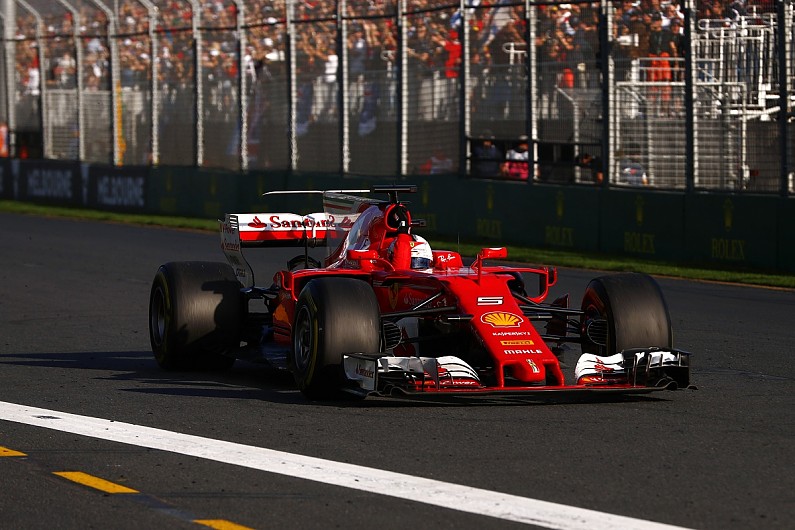
This was due to the team having to top his car up with air. Daniil Kvyat’s Toro Rosso looked after the ultras beautifully for almost two-thirds of the race, but his strategy and a potential seventh place were derailed when he had to make an unscheduled second stop. We knew from winter testing that the ultra-soft tyre could rack up a lot of laps, but we didn’t expect someone to do a 34-lap stint on them in the race. They fared better on the softs but by that time it was tough to recover the lost ground. Hamilton and Valtteri Bottas both reported a lot of sliding and some overheating on the ultra-soft tyre in the opening stint, especially towards the end.

Obviously it’s early days, but the Mercedes W08 does seem to burn up the tyres a bit more than rivals – especially in traffic. Here are the major strategy headlines to emerge from the Albert Park Circuit in Melbourne: Mercs burning up? F1’s new era didn’t start in particularly dramatic style, but it certainly threw up an interesting result and plenty of exciting moments.ĭespite Pirelli’s new, wider tyres being more durable, strategy still played a crucial role in the race.

Lewis Hamilton may have taken pole position for the Australian Grand Prix, but couldn’t hold onto the lead in the race.Ī brave strategy call helped Sebastian Vettel leap-frog Hamilton to give Ferrari its first victory since Singapore 2015. Race 1 – 57 Laps – 5.303km per lap – 302.271km race distance – low tyre wearĪustralian GP F1 Strategy Report Podcast – our host Michael Lamonato is joined by Rob James from Box of Neutrals.įormula 1 is officially back, and it looks like we’ve got a real fight on our hands between Mercedes and Ferrari.


 0 kommentar(er)
0 kommentar(er)
